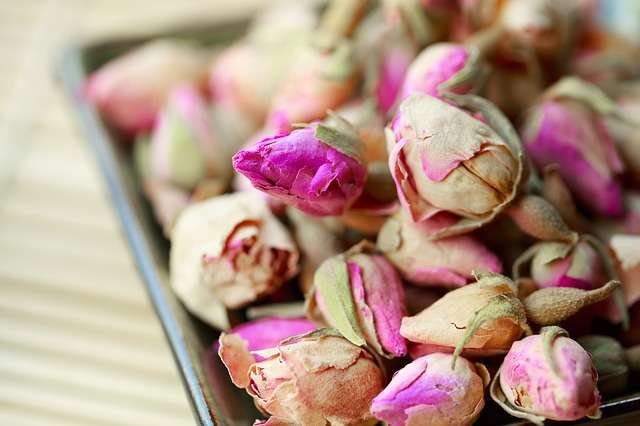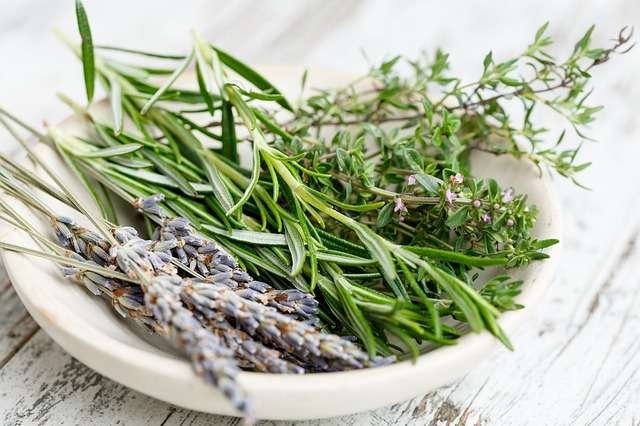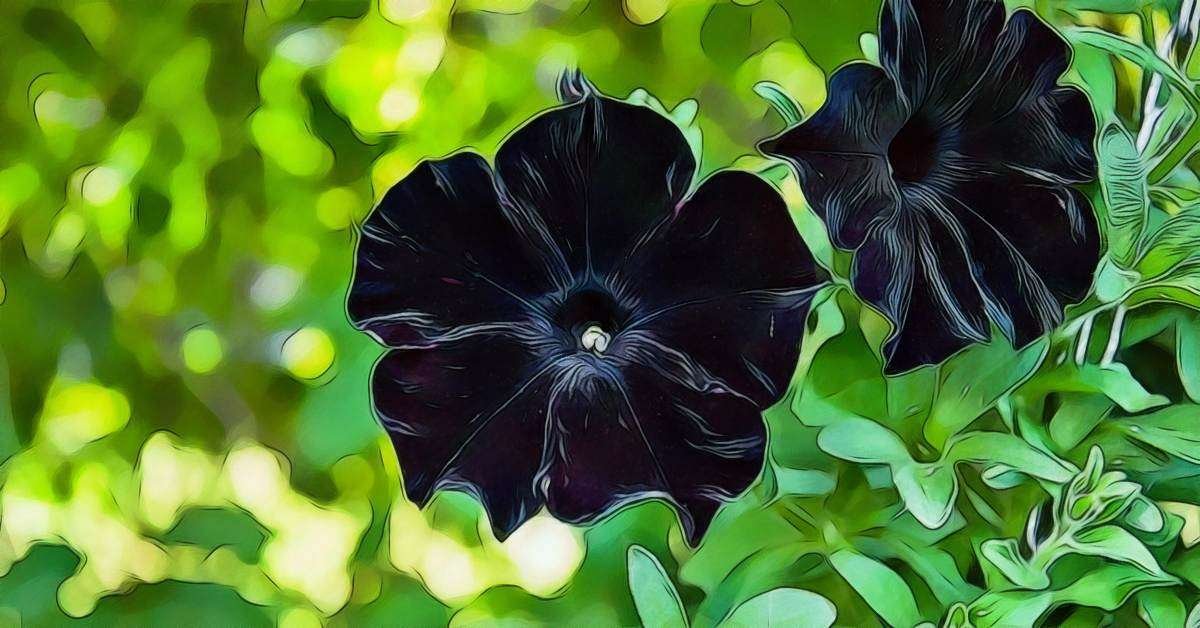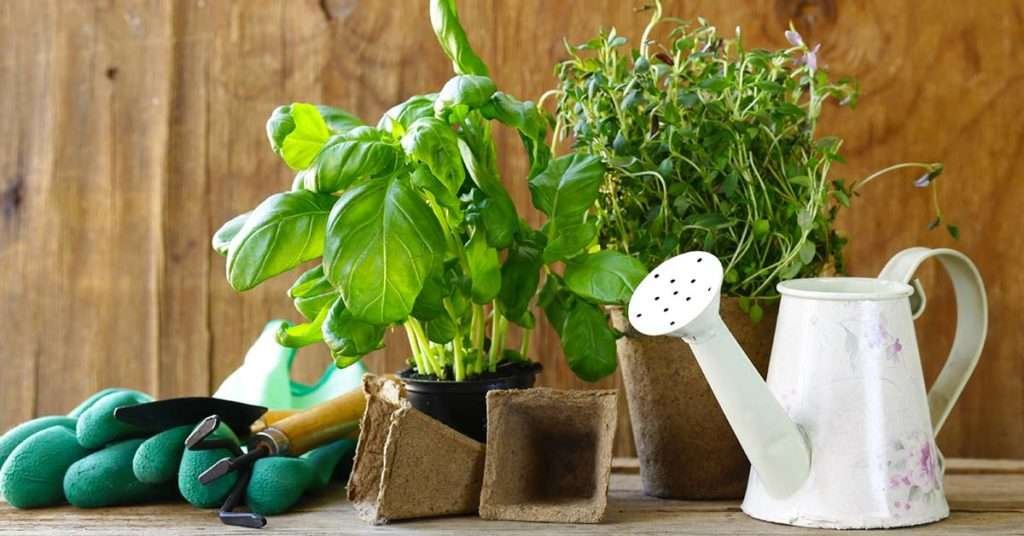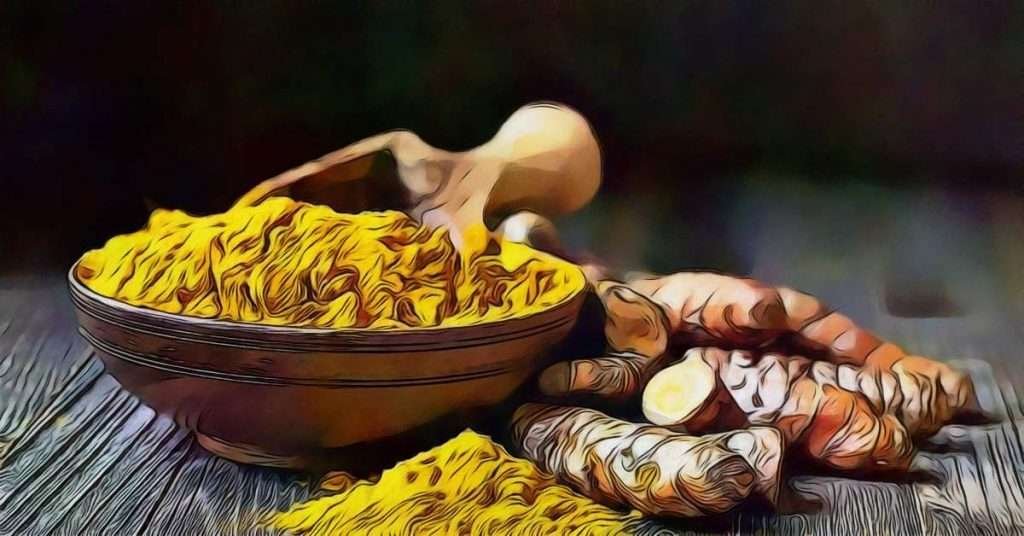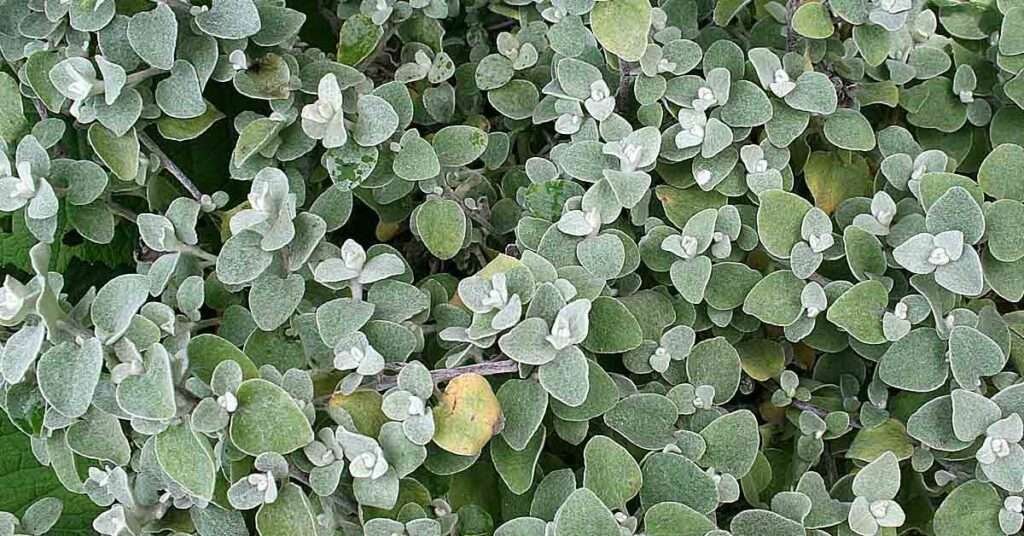The beauty of our garden does not have to end when the season is over. Preserving your own flowers and herbs will bring the outdoors in!
Flowers that are dried will be lovely in your home and serve as a reminder of the enjoyment you received when tending to garden and seeing it in full bloom.
Likewise, herbs don’t have to die off with the garden but can be harvested and dried for uses in cooking throughout the year!
The Process of Drying Flowers
There are several methods to drying flower.
Larger flowers do well with one method, while smaller flowers may do well with another. Climate in your area plays a big role in how well a flower dries.
Silica Gel
The best method preferred in drying flowers is to use silica gel. You can find this in craft or hobby stores.
Silica gel allow the flowers to retain their vibrant color and stay in their natural shape. This process takes up to 8 weeks.
Silica gel is a powdery-sandy substance that the flower is buried in inside an airtight container.
There are blue particles in the silica gel that will turn pink once the moisture extraction has finished. Once that has happened, you can safely remove the flower.
Fill a container that is airtight with approximately 1” of the gel.
Place the entire flower (head facing up) in the gel. Flowers like daisies that are flat-petaled will go heads down.
Slowly and gently cover the entire flower with the gel. Be careful not to move the flower or the container.
Place the cover on the container.
Monitor the gel for the change of particle color from blue to pink. Once it has, gently lift the flower out with a slotted spoon.
Brush off any remaining gel from the flower petals.
To Use Silica Gel:
Note: Do not leave the flower in the gel past the point of being done. Otherwise, it will become extremely brittle and shatter when you remove it.
The great thing about silica gel is it can reused over and over again.
Once you have removed the flower, simply spread the gel out on a baking pan and bake in the oven at 250 degrees (F).
When you see the blue particles in the gel return, you can remove it from the oven and reuse again.
Hang-Drying
This method is traditional and dates back centuries as being the oldest method to dry flowers and herbs. The process will take up to 2 weeks.
Gather flowers that have buds open.
Remove leaves from the stalks.
Bunch together making sure the flower heads do not touch one another.
Use a tie or rubber band to secure the stalks together.
Hang in a dry, warm place such as a garage, closet, or cellar. Keep out of the sunlight.
Oven Drying
Oven drying is another traditional method used by many over time. This process takes up to an hour to do.
Preheat oven to 100 degrees (F.)
Leave the oven door open slightly to allow moisture to escape.
Place the flowers on a baking sheet, and place in oven.
Turn the flowers every 15 minutes.
Once they have a crisp and brittle appearance, remove from the oven.
The Process of Drying Herbs
Herbs are best dried naturally by hanging them.
Silica gel cannot be used when drying herbs because of the toxicity to humans.
Oven drying is also not recommended because it will cause the herbs to become too brittle.
Using the same method for hang-drying flowers, you can have dried herbs in a matter of a week or so.
Once they have dried, you can placed them in small airtight containers for storage.
A Few Tips
- Pick the herbs you intend to dry early in the morning. The oil concentration and flavor will be at its highest.
- Drying herbs will concentrate the flavor. You won't need as much in a recipe as opposed to using fresh herbs
- Some herbs are better or easier to dry than others. Some low moisture herbs include sage, dill, fennel, and thyme.
Let’s “Shovel On!”
Join us now as we continue on to our next article in this series!
Next: “Garden Pests and Treatment.”




